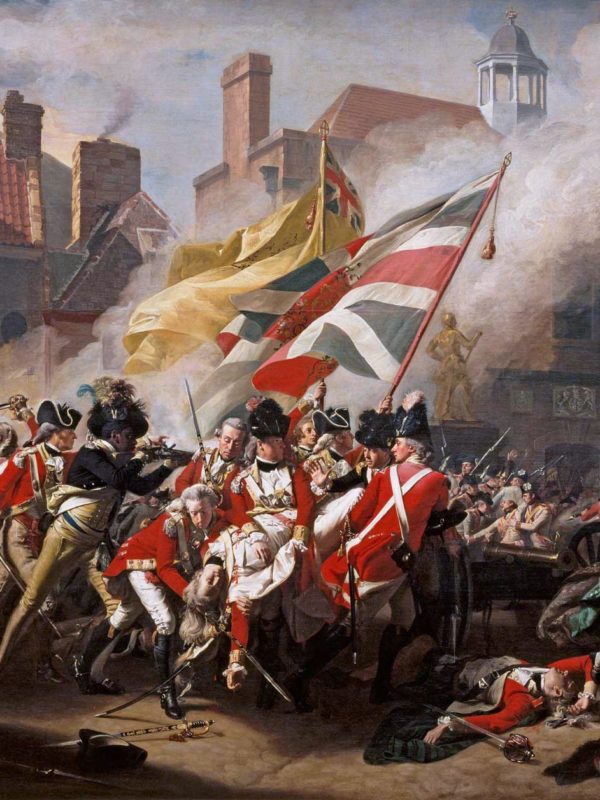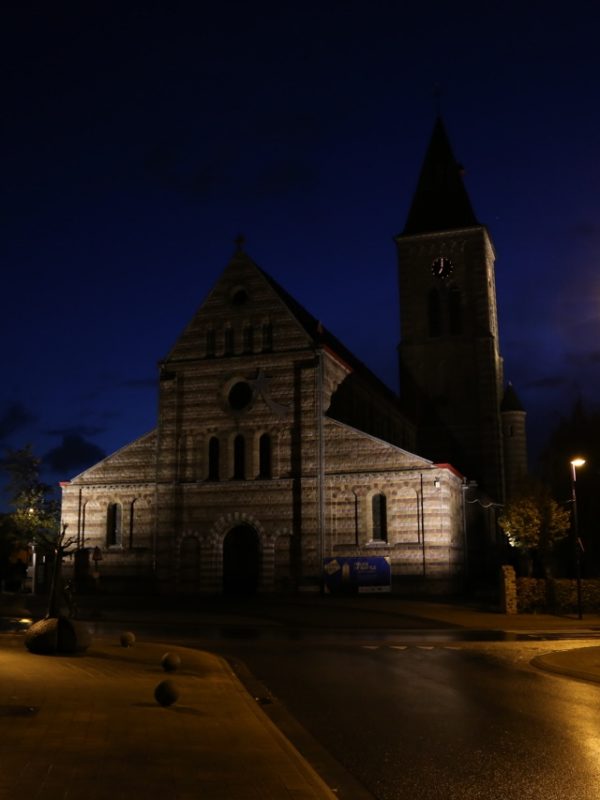Even before that, we know that there were turbulent times and the Island was frequently raided and plundered. Fortifications date from the Bronze and Iron Ages, to WW2 German and Cold War bunkers. The means of defence of the Island changed over time to match the development in weapons and transport, but often military engineers used the same positions time and again in subsequent centuries. The decision taken from the 13th century by English kings to hold and defend the Channel Islands at all costs, has shaped how Jersey and the other Channel Islands have developed over the last 800 years; their laws, customs, culture and language, as well as changes to the physical landscape can all be said to be a consequence of that resolute stance. There is no other factor which has been so decisive!
The oldest fortifications in Jersey are pre-historic, with defensive positions being constructed on several promontory cliff tops. The Vikings were here and by the time of the medieval period, and King John having lost the Duchy of Normandy in 1204, it was he who commanded that the first of the Royal castles be built to hold and defend the Island. There were numerous invasions by the French before and during the subsequent Hundred Years War. The French occupied the Island in the 1460s for 7 years until recaptured by the English under Harleston; Jersey had its own battles during the English Civil War and the French never abandoned their objective to occupy and control Jersey. The Battle of Jersey was fought in 1781 (during the American War of Independence) as privateers from Jersey reached the pinnacle of annoyance to the French, having captured well over a hundred ships in the first two years of war. During the French Revolutionary War and the Napoleonic Wars, Jersey positively bristled with over 800 cannons to thwart French attacks. In fact, it can be said, by that time, Jersey had been on a European front line in a series of wars between Britain and European countries which had lasted more than 600 years.
Finally, in the 20th Century, Jersey played its part in the First World War and then suffered the German Occupation in Second World War. Whilst not a major battlefield site that can be compared to the post D-Day battles in France, Belgium and Holland to liberate Europe, there were nonetheless a number of smaller actions in and around the Channel Islands during the German Occupation with equal amounts of heroism.
All around the Island and along our coastline, you cannot help but see the prominent reminders of this military history – fortifications built by the British and bunkers constructed by the Germans. There are also many other reminders, hidden or perhaps remembered only by a name, whose origins are now known by very few!
This tour aims to provide an insight into Jersey’s Military History from the Iron Age (and perhaps even earlier) to the 20th century. On the whole attempts to defend the Island – withstanding attacks, sieges and battles with invaders.
Please see the separate Places section below to see some of the locations which are included in these tours.
You can also Click the Map icon (below main image in grey bar to the right) to view locations and see further information
History Alive’s and Jersey Military Tours are devised in a way to give our guests an overall and enjoyable experience which means that we won’t always follow the same route or stop at all the above locations. This also gives us the ability to make changes either to take advantage of, or to mitigate against, factors such as weather or other delays which might affect timing. On full day tours, we stop at lunch times where refreshments/food can be purchased, and on all tours, we will stop as necessary for refreshments and comfort breaks.
Level of Fitness required for tour Our Tours are a combination of a coach tour and exploring the sites on foot, so please refer to the Level of Fitness required to enjoy these Tours. It should be noted that any tour involving bunker and fortification sites will invariably involve walking over some rough ground, climbing up and down slopes and steps. A moderate level of fitness is therefore required. For that, and for what’s included in these Tours and Prices, as well as Pick-Up points for the Tours, please see Information below

 We offset our carbon footprint for each tour and additionally match it with a donation towards seagrass conservation
We offset our carbon footprint for each tour and additionally match it with a donation towards seagrass conservation



